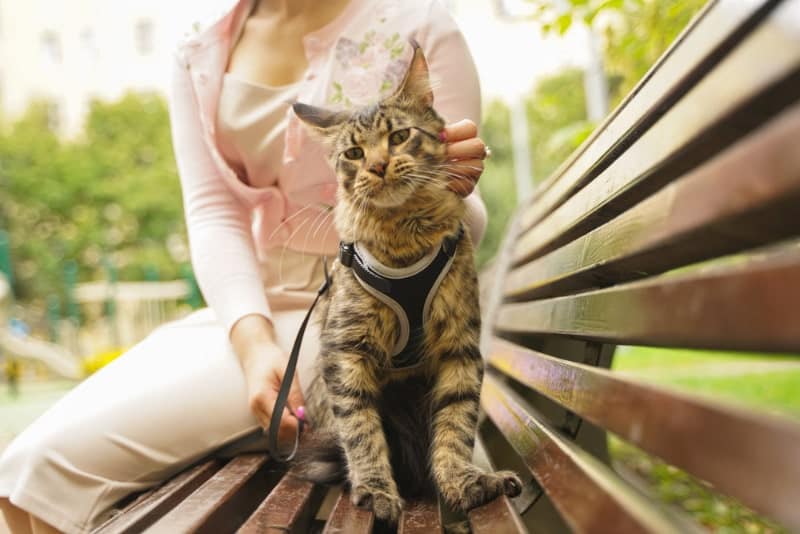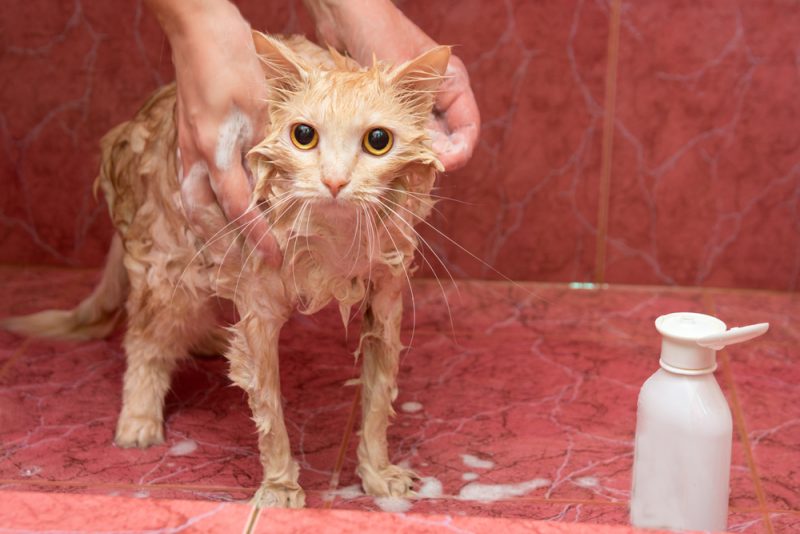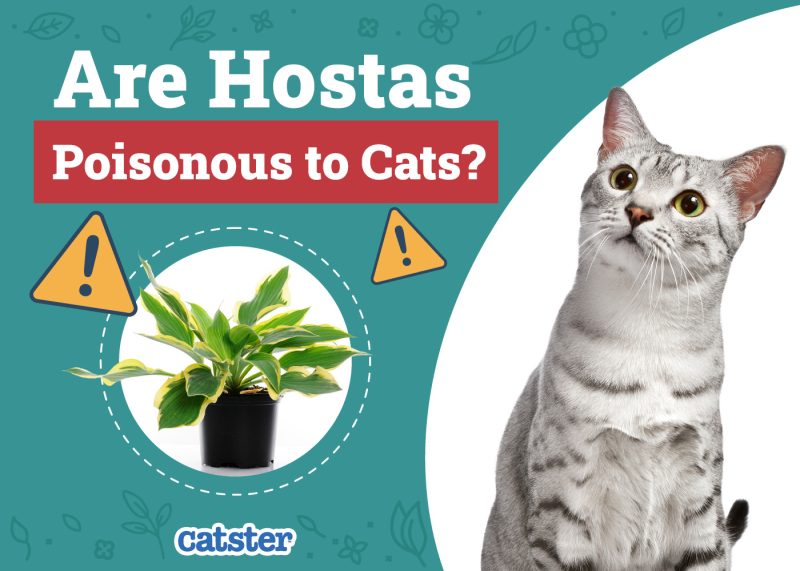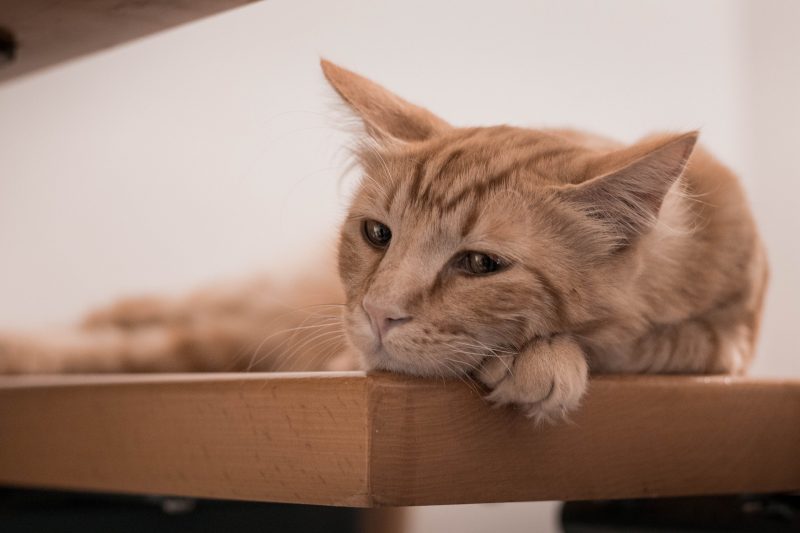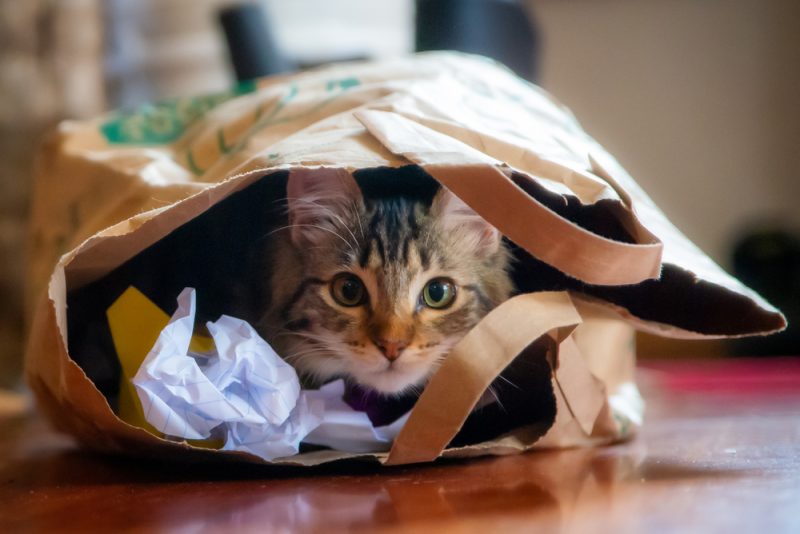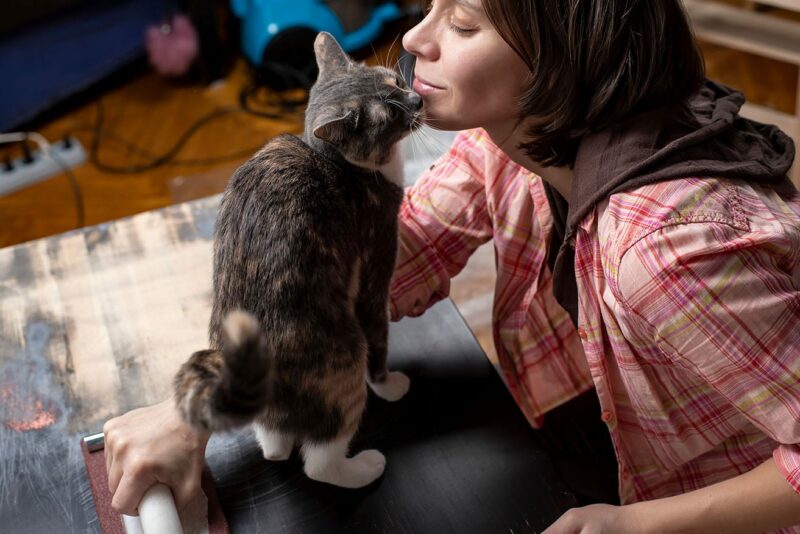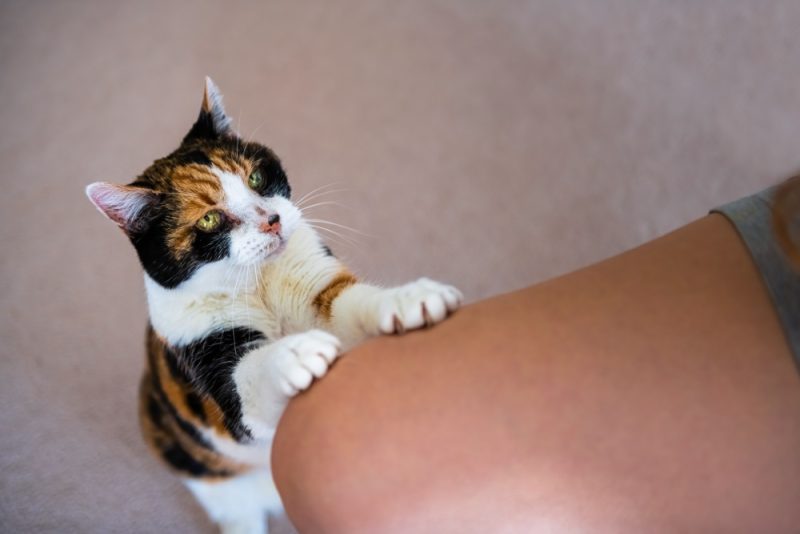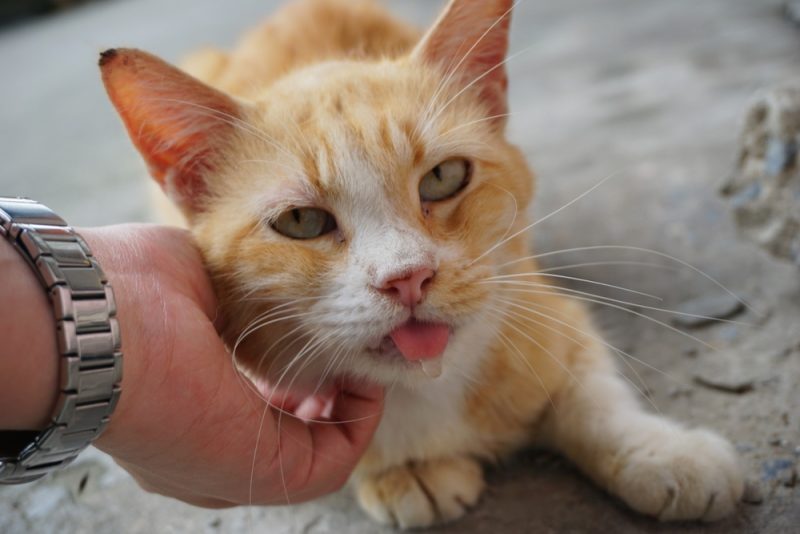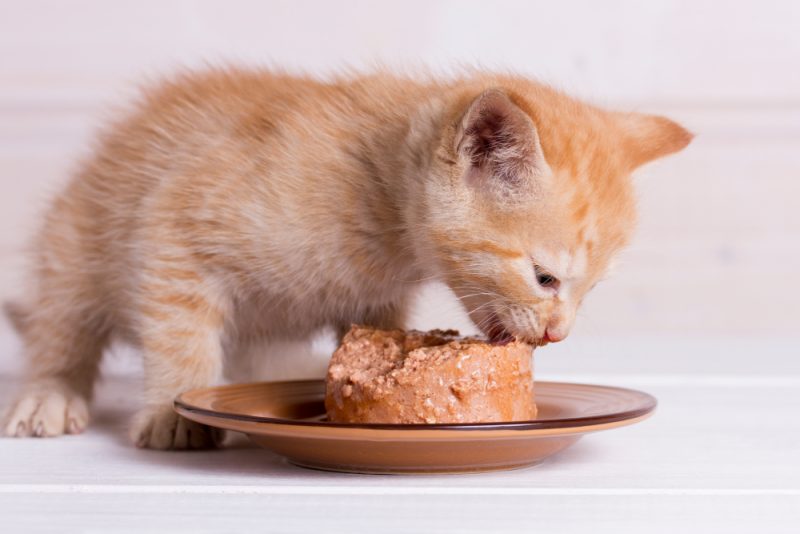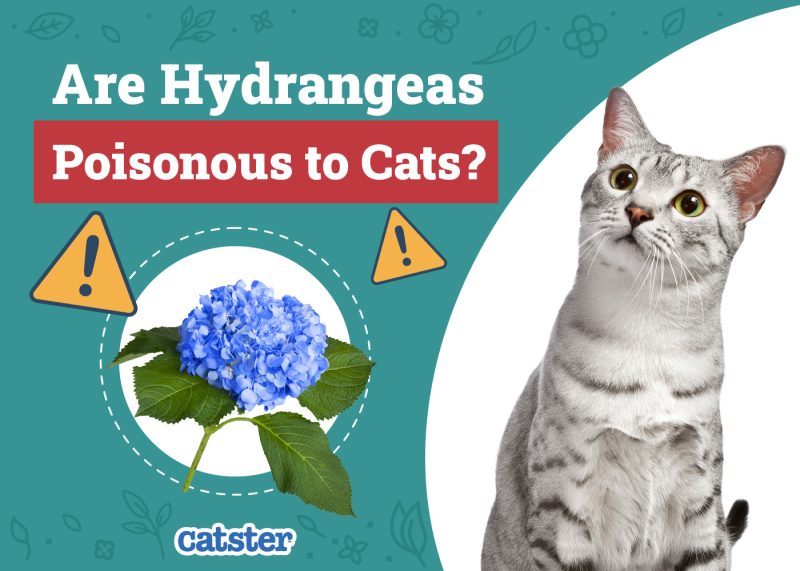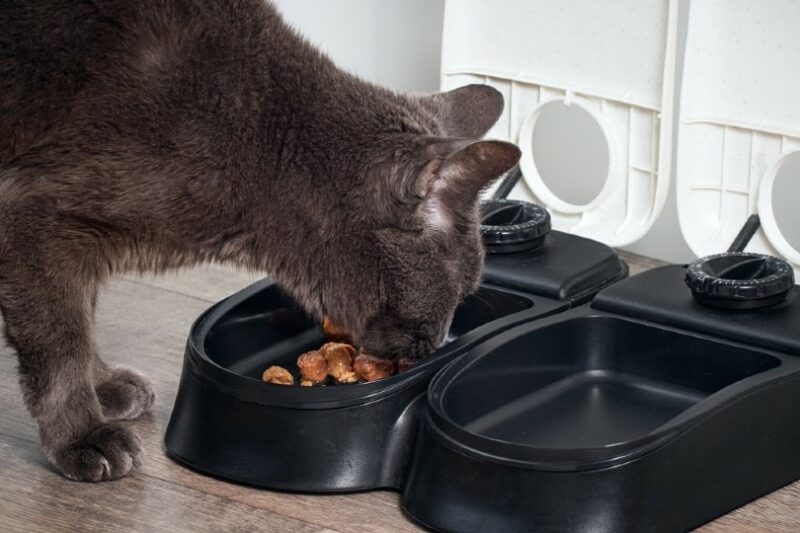In this article
Emotional support animals (ESAs) are one type of assistance animals, however, they are different from service animals and, therefore, are subject to their own requirements and considerations. They are any animal species with no specific training that provide comfort and emotional support to individuals with mental health conditions.
To qualify for an ESA, animals in the United States are generally required to get a prescription letter from a mental health professional documenting the existence of a mental health condition. While ESAs aren’t required to wear vests in public, having a service cat vest that identifies the animal as an ESA may smooth things along in some situations.

How Are Service Animals Defined?
According to the Americans with Disabilities Act (ADA), a service animal is a dog that has been trained to provide an individual with a disability with assistance linked to the person’s disability. Common examples of service animals include guide dogs for individuals who have trouble seeing and dogs trained to help those who suffer from seizures.
The ADA currently doesn’t recognize cats as service animals. The U.S. Department of Transportation’s revised Air Carrier Access Act (ACAA) no longer considers ESAs to be service animals anymore. However, under the Fair Housing Act (FHA), ESAs are classified as assistance animals. This means a landlord may need to modify their pet restrictions if a person needs an assistance animal as part of a reasonable accommodation for their disability.
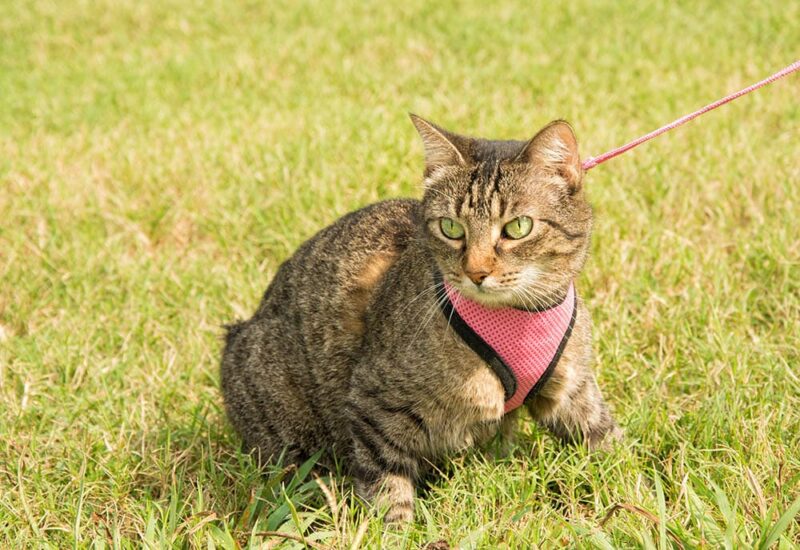
What Are the Factors to Consider When Selecting Vests for Cats?
Keep in mind that cats performing emotional support duties are likely to be engaged in activities for long periods, so they need to be comfortable not only wearing a vest but keeping it on for a few hours at a stretch. Breathable fabrics that aren’t too heavy are great options since they won’t cause cats to overheat when the mercury rises.
Most harnesses fasten around the neck and under cats’ bellies, right behind their front paws. This setup ensures any tugging or pressure when leashed is distributed throughout the cats’ torsos instead of being concentrated on the neck. Careful measurements should be taken to ensure the harness fits properly to prevent cats from getting loose.

How to Get Cats Used to Wearing Vests
Cats can often be trained to wear vests and harnesses relatively easily. Start off by allowing them to just get a good sniff of the contraption; after a day or so, try putting it on them for a short bit and make sure to provide lots of treats during the interaction to ensure the cat develops positive associations with wearing a vest. End the encounter before things become frustrating. Keep going until the cat is comfortable wearing the vest for extended periods like they would if sporting it in public. Cats should always be supervised when wearing harnesses to ensure they don’t get caught on something and end up injuring themselves or getting stuck.
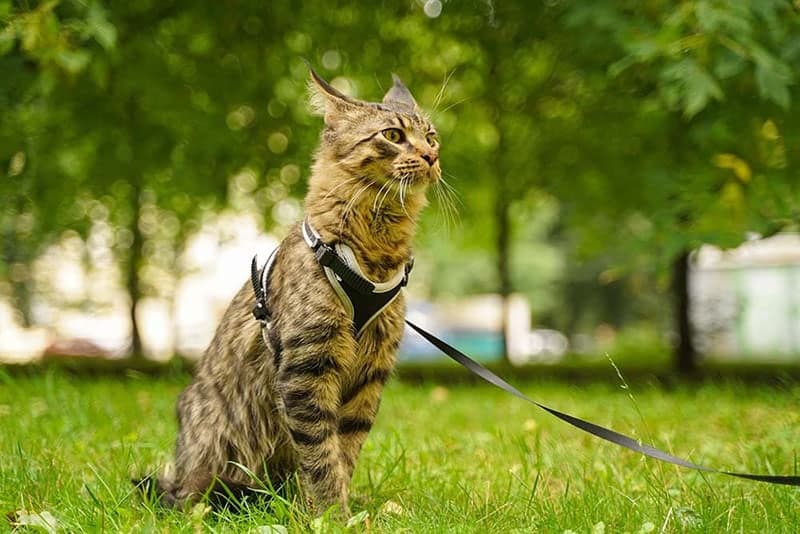
How to Train Cats to Walk on a Leash
Because keeping cats comfortable and under control while acting as ESAs is critical, leash training can make it easier for them to navigate public places safely. Once the cat is okay wearing their harness, you can attach the leash and practice walking with them indoors.
You can take your cat outside and practice walking around the yard before going on a long walk. Treats are useful in encouraging cats to participate in activities involving vests and leashes. Remember to keep training sessions short and sweet to prevent your cat from becoming bored and losing interest.
Taking your cat for a walk may sound challenging, but the right harness and leash can make all the difference! We recommend Hepper's Cat Harness & Leash Set because it combines important safety features with stylish and comfortable design elements.
From the highly adjustable, machine-washable velvet harness to the sturdy nylon climbing rope leash, this set has everything you'll need to start adventuring.

Are There Other Options for Transporting Cats?
Hard and soft-sided traditional carriers can make it difficult to get around with a cat in tow, but there are alternatives, such as buggies and backpacks, that often make it easy to hit the road with a furry companion.
Cat Strollers
Cat strollers are ideal for larger cats who are a bit too heavy to carry comfortably for long periods. Most have sturdy mesh covers that keep cats safe and sound while allowing them to watch what’s going on outside.
There are also designs that attach to bicycles, making it easy to take cats longer distances. Keep in mind that cats should never be left in carriages unsupervised since it’s possible for them to knock the buggies over.
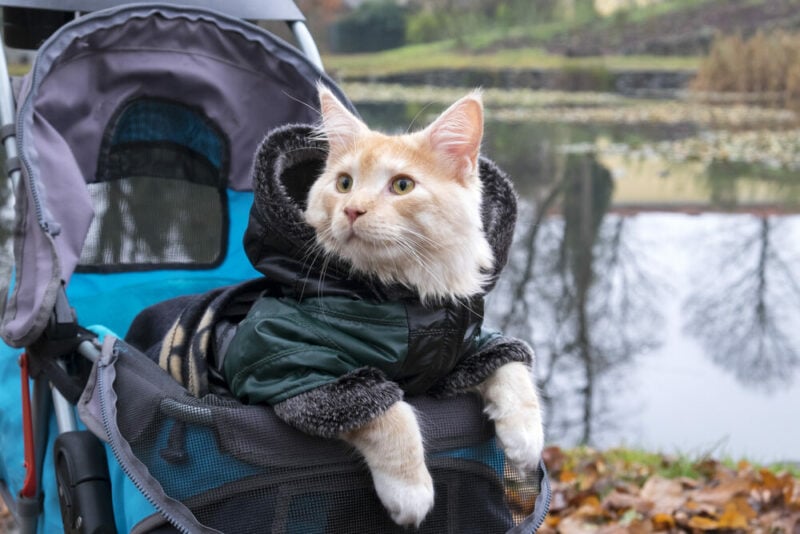
Cat Backpacks and Wheeled Carriers
Cat backpacks are another option that can work quite well. Remember that many have weight limits, so not all products work for particularly large cats. Wheeled carriers are helpful when you travel through airports, but it’s essential to ensure the airline accepts the brand you select.

Conclusion
An Emotional Support Animal (ESA) isn’t required to wear a vest in public, but having one alerts others that the animal is involved in a support role. ESAs provide comfort to individuals with mental health diagnoses, and they play different roles than service animals, who are dogs trained to do specific tasks for individuals with disabilities.
Cats are not considered service animals under the ADA, nor are they covered by the Air Carrier Access Act (ACAA). However, they are recognized as assistance animals under the Fair Housing Act (FHA).
See also:
- Can a Landlord Refuse an Emotional Support Cat?
- ESA Doctors Review: An Easier Way to Get a Legitimate Emotional Support Animal Letter
Featured Image Credit: goldeneden, Shutterstock
